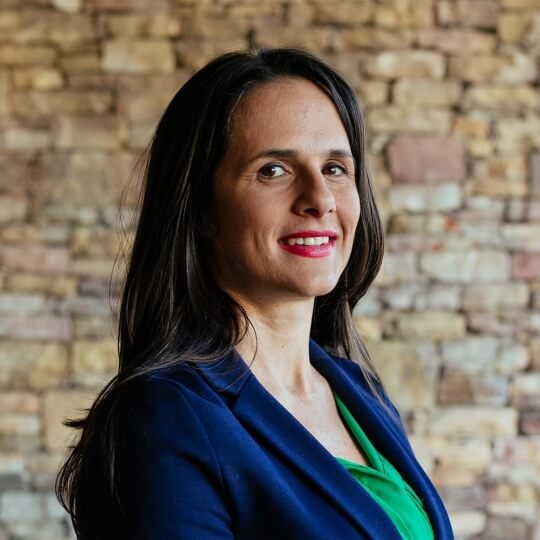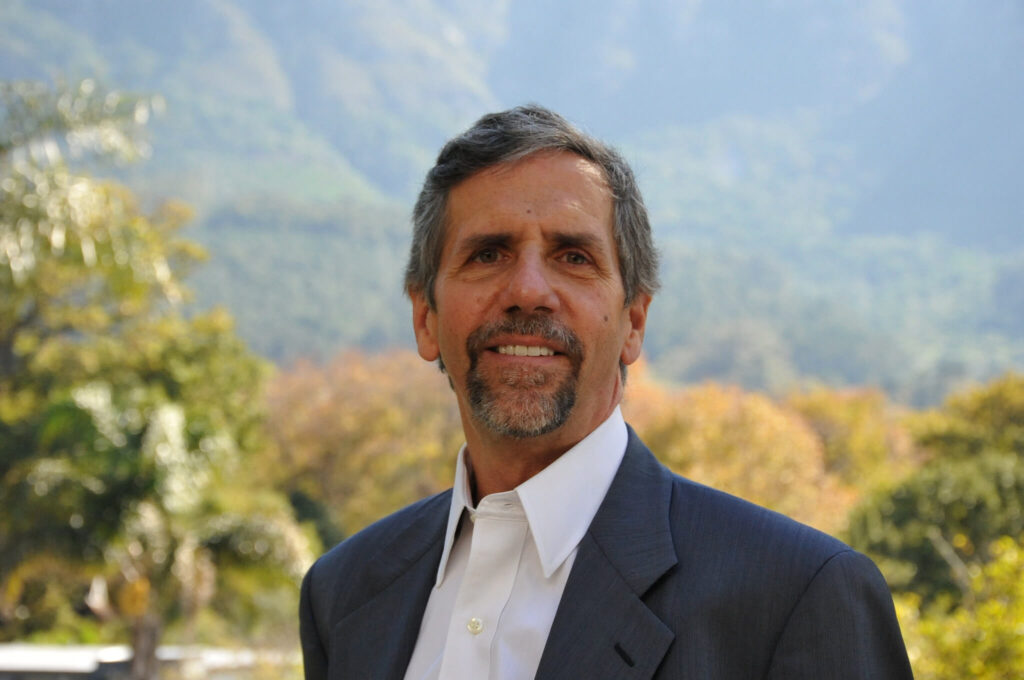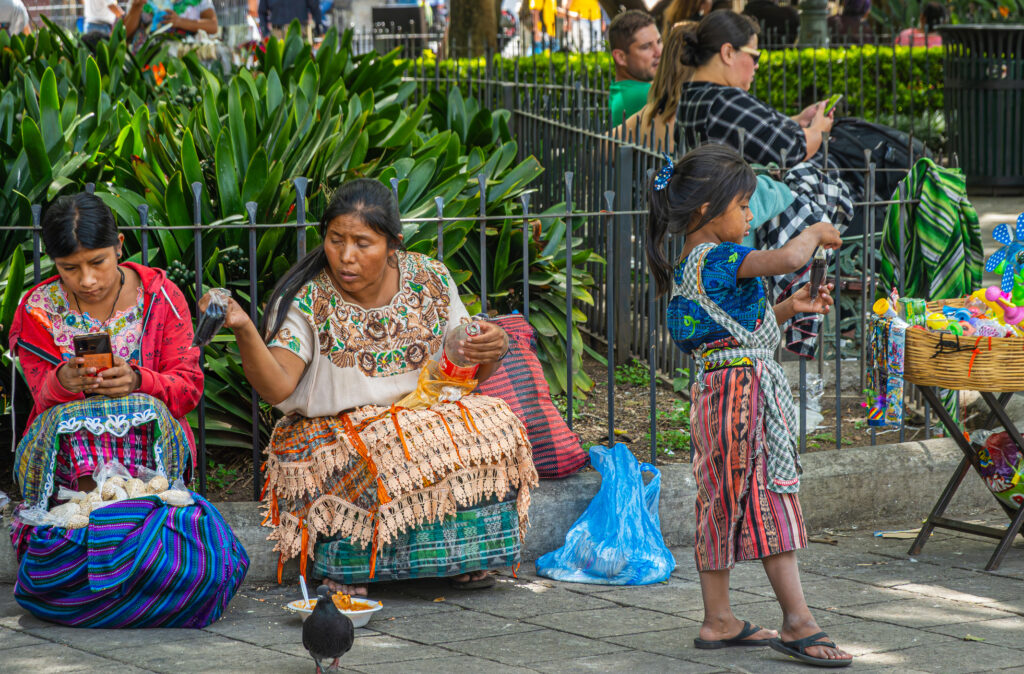
Most foundations and development finance institutions have moved on from microfinance, in search of the leading edge of innovation and impact. They have concluded that their work is done now that leading microfinance institutions (MFIs) have definitively cracked the capital markets with healthy balance sheets and two large, heavily oversubscribed Indian IPOs just in the last year. Meanwhile, impact investors, particularly in the U.S., are divided on whether microfinance is, or ever was, an impact investment. In any case, they prefer to focus their attention on new “disruptive” business models. In impact industry publications, conferences and even terminology, microfinance is dead; yesterday’s solution at best.
Fortunately for people at the bottom of the pyramid (BOP), no one told microfinance that it has died. The robust IPOs and active trend of mergers and acquisitions indicate healthy commercial capital market interest. More importantly, the industry now has a central role in national financial systems all over the world, with hundreds of millions of clients, affected household members likely approaching one billion, and penetration into the majority of low-income communities in the world. The idea that the poor can constructively use and be sustainably provided with a comprehensive range of financial services—unthinkable 20 years ago—is no longer debated. Policymakers and mainstream financial institutions have recognized that a dynamic BOP finance sector fosters both equitable and sustainable development and the health of national financial systems and economies. And simply from an institutional standpoint, as David Roodman has noted, “From the point of development as industry building, support for microfinance has succeeded…in building microfinance institutions and industries that cater to poor people, create jobs, that enrich the national economic fabric.” It also bears mentioning that the poor people at heart of the industry are overwhelmingly female.
In the context of these mirror image appraisals, 32 microfinance and impact investing participants and analysts from around the world convened March 31 – April 1, hosted by Lehigh University’s Martindale Center, and sponsored by the Calmeadow Foundation and the Financial Inclusion Equity Council (of which CFI is the secretariat) to explore what role microfinance will play going forward. Overall, the group agreed that while dead to some, microfinance is alive and kicking on the ground and vigorously generating diverse business models and approaches to building economies and social value.
Around the world, microfinance is employing evolving models as it takes its place in the financial and economic development landscapes: mainstream commercial banks downscaling; specialized banks branching into SME lending, housing and other subsectors; mobile banking; agricultural finance; and microinsurance. And in nearly all countries, a substantial subset of MFIs are continuously experimenting on ways to blend commercial and social missions, building on sustainable financial foundations to diversify product offerings beyond microcredit to meet more of their clients’ varied needs.
As we will explore in subsequent blogs in this series, these various models challenge microfinance to revisit its role in creating social value for the client. The pursuit of scale and efficiency often—but certainly not always—implies “mission drift”. It also remains to be seen whether mission-led MFIs are the most effective means to build social value for poor clients in a world where mobile and digital technologies can reach the previously excluded at a fraction of the cost of traditional microfinance models and potentially deliver valuable information and education as a bonus.
More fundamentally, skepticism over the future of microfinance reflects doubts that today’s leading incumbent MFIs—once the disruptive innovators themselves—can ever generate disruptive forces of the magnitude needed to make meaningful progress towards achieving objectives as ambitious as the Sustainable Development Goals. Quite conceivably, the future lies with new models, like digital financial services, that reduce costs through substitutes for face-to-face interaction, reduce risk via data and algorithms, and increase outreach by saying yes to more potential clients with customized, individually-tailored product design and delivery.
The future of microfinance and the challenge for those who prioritize social value for clients is in taking advantage of the strengths of incumbent MFIs, particularly their proximity to clients: a four-decades-deep, hard-earned understanding of heterogeneous needs at the BOP. As donor and impact investor attention is captured by shiny new frontiers—health care, budget schools, smallholder agriculture, off-grid energy—MFIs that want to build on the value of this experience face two challenges.
First, those in the microfinance sector must convincingly deliver to impact investors the (often unwelcome) message that MFIs—professionally governed, managed and staffed, with reliable access to capital markets, diversified product offerings, and unique penetration at the BOP—offer the best available platform to design, test and in many cases deliver—directly or as orchestrator—products and services to create social value. Even where new channels or specialized institutions can be effective, as in the case of mobile money or housing finance, new entrants will need to learn how to fit narrow product expertise into the complex and sophisticated financial lives of poor people, much as microfinance needed to learn that clients need more than a three month group loan with weekly repayments.
Second, while the bulk of microfinance portfolios may be fully commercially sustainable and attractive to conventional investors, innovation and experimentation to reach the still-excluded continue to require patient, mission-aligned investors, grant subsidies or below-market financing—the model that fertilized microfinance to begin with. More than the success of microfinance on purely commercial terms, this central and essential role of subsidy—not for market distorting price reductions, but rather for innovation, infrastructure and capacity building—is the salient takeaway from microfinance for impact investing more broadly.
The fact that so many donors and impact investors view microfinance as dead undermines the ability of the industry to further strengthen through trial and error the robust business model that underlies its current success and stature—and inspires today’s exuberance for “impact investing”. Microfinance is alive, well and firmly integrated into global mainstream capital markets. But to reclaim top rank status as a destination for impact investments, MFIs must redouble efforts to distinguish themselves by focusing on client outcomes and serve as the labs of innovation in product design and delivery to build social value.
For video recordings of the Martindale Center event discussions, click here.
Todd Watkins is Director of the Martindale Center at Lehigh University. Watkins contributed to this post.











